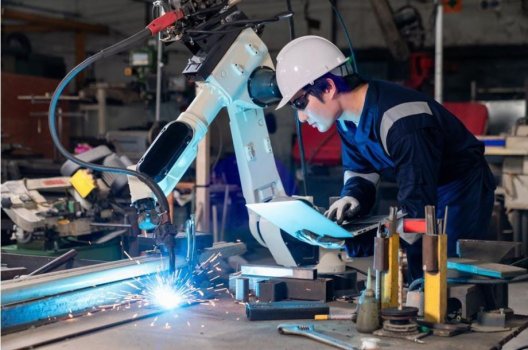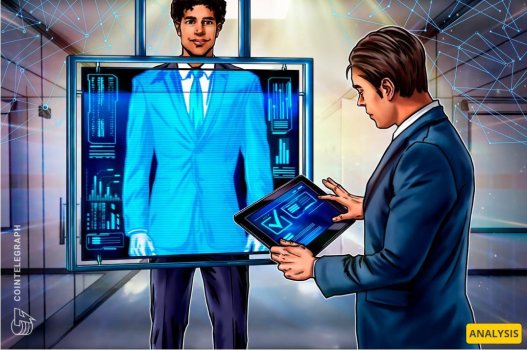Why testing embedded systems is crucial to the future of drones
- Technology Solutions
- 0 Replies
Software for drones is rapidly evolving to include the use artificial intelligence (AI), autonomy and cybersecurity to help realize potential future applications.

One of the first and most prevalent uses for drones is inspection. According to the report published by Allied Market Research, the global drone inspection and monitoring market generated US$6.44 billion in 2020, and is anticipated to reach US$35.11 billion by 2030, an annual growth rate of 16% from 2021 to 2030.
However, manual camera drones remain hard to fly, easy to crash and unusable in environments with high GPS or compass interference. They also require highly skilled, trained pilots and operators to carry out inspection tasks.
Adam Bry, CEO and cofounder of USA-based drone maker Skydio says, “Technology limitations and the need for a professional pilot ultimately prevent wide scale deployment across numerous use cases that are critical to operations.
“We are building autonomous drones like the Skydio 2+ and Skydio X2 that use artificial intelligence to navigate using computer vision. With these systems, instead of being specialized technology, drones become just another inspection tool — as common, as safe and as easy to use as any other.”
Continue reading: https://www.aerospacetestinginternational.com/features/why-testing-embedded-systems-is-crucial-to-the-future-usefulness-of-drones.html
One of the first and most prevalent uses for drones is inspection. According to the report published by Allied Market Research, the global drone inspection and monitoring market generated US$6.44 billion in 2020, and is anticipated to reach US$35.11 billion by 2030, an annual growth rate of 16% from 2021 to 2030.
However, manual camera drones remain hard to fly, easy to crash and unusable in environments with high GPS or compass interference. They also require highly skilled, trained pilots and operators to carry out inspection tasks.
Adam Bry, CEO and cofounder of USA-based drone maker Skydio says, “Technology limitations and the need for a professional pilot ultimately prevent wide scale deployment across numerous use cases that are critical to operations.
“We are building autonomous drones like the Skydio 2+ and Skydio X2 that use artificial intelligence to navigate using computer vision. With these systems, instead of being specialized technology, drones become just another inspection tool — as common, as safe and as easy to use as any other.”
Continue reading: https://www.aerospacetestinginternational.com/features/why-testing-embedded-systems-is-crucial-to-the-future-usefulness-of-drones.html

























